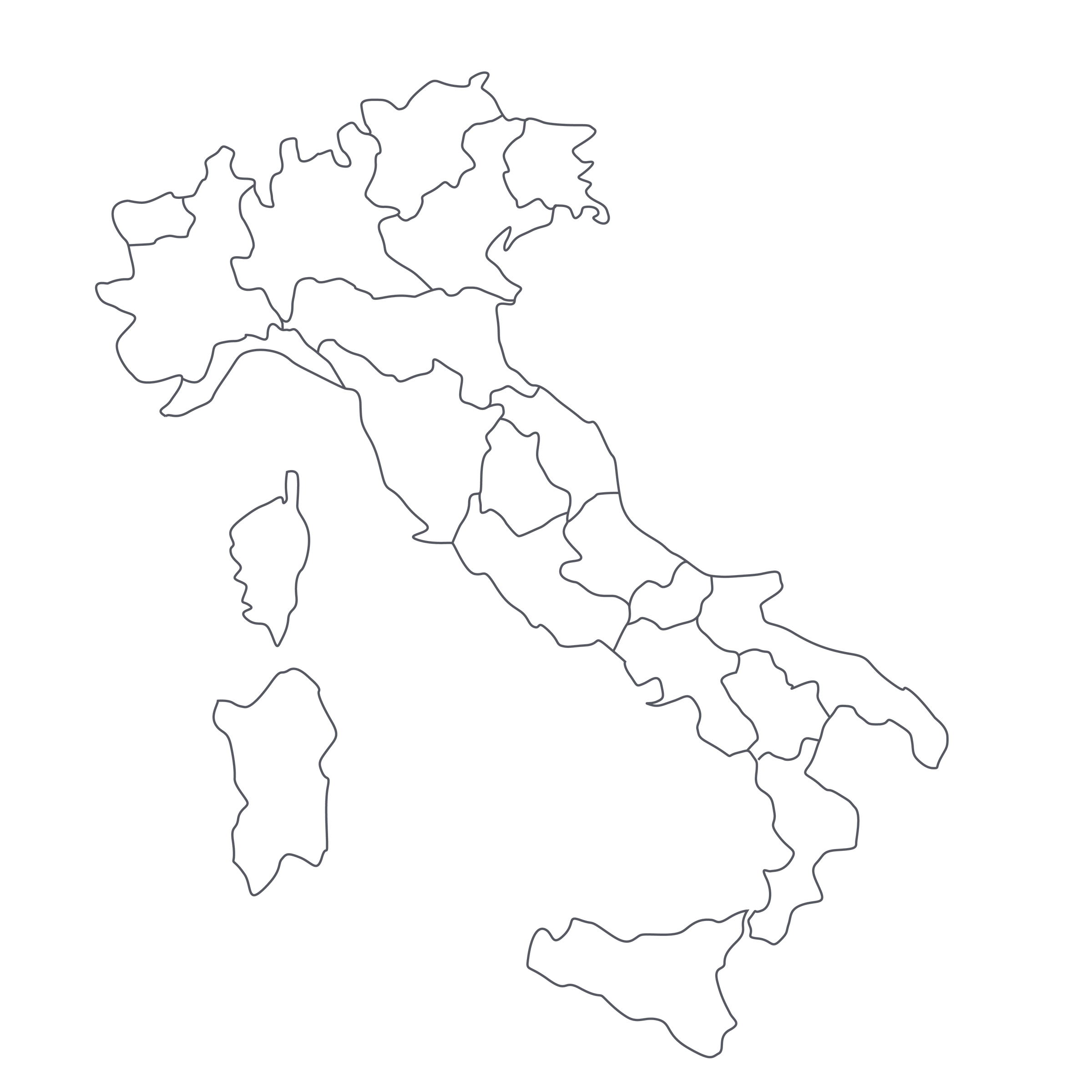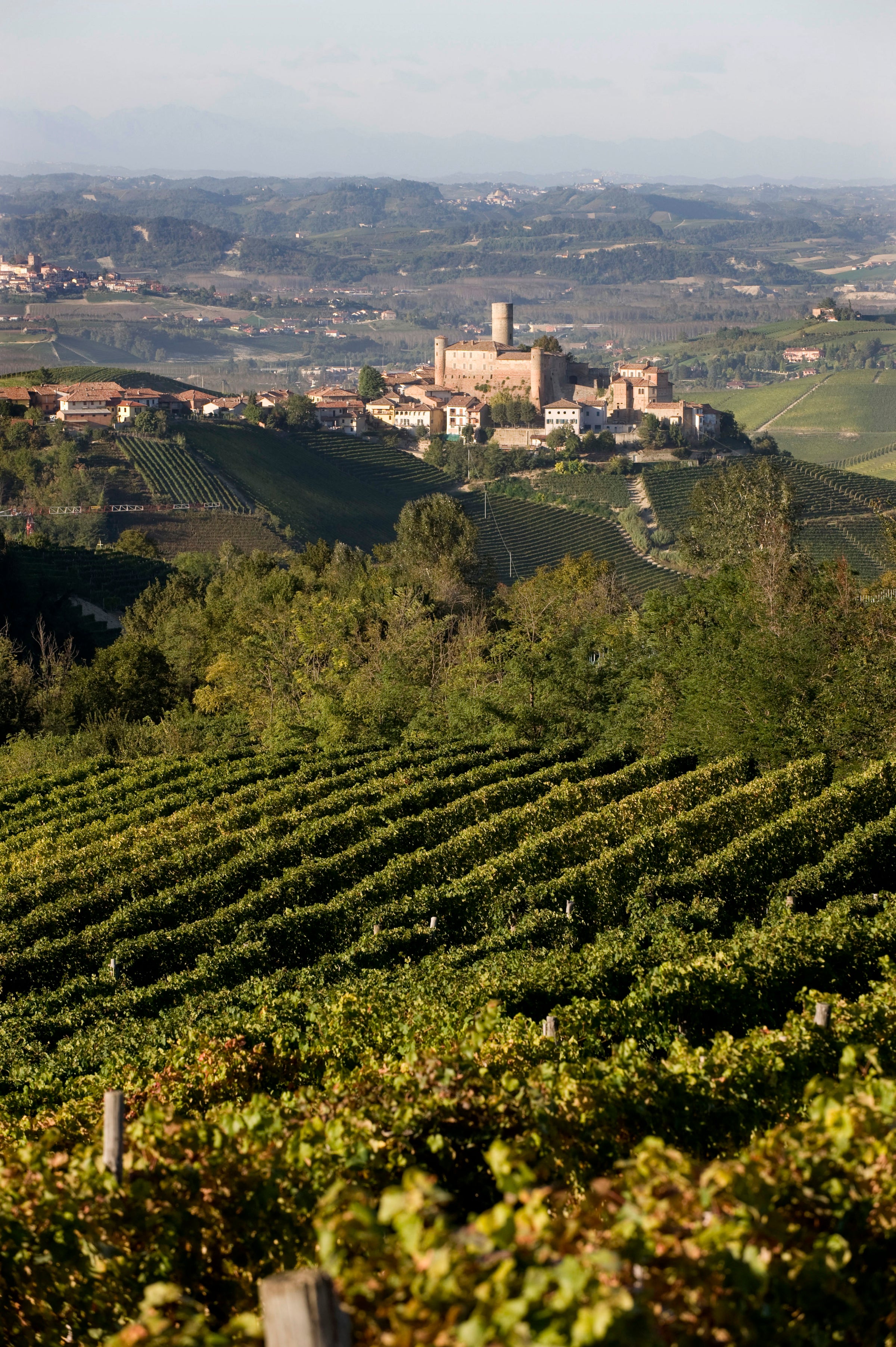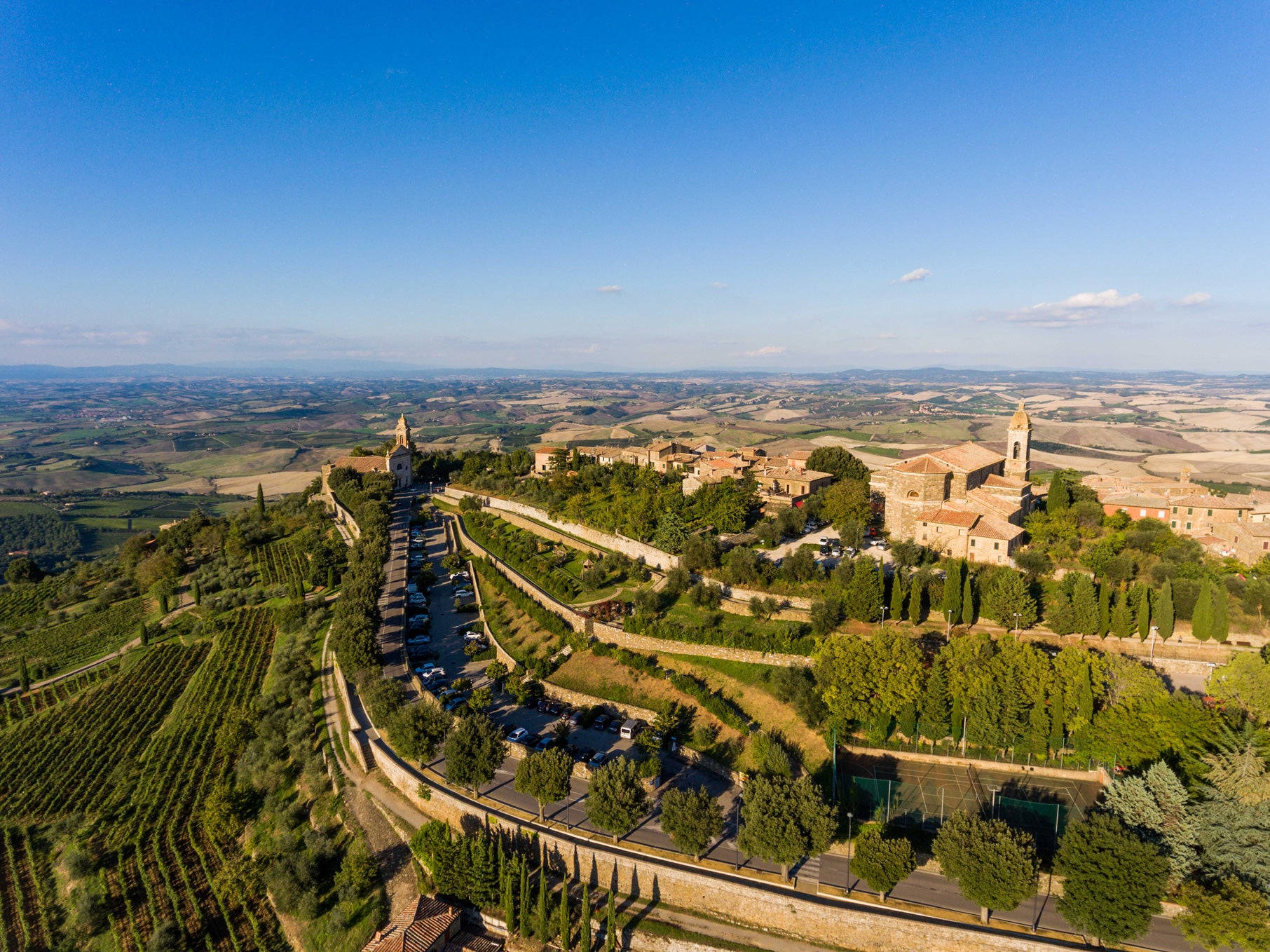Make no mistake about it: Paitin is a Piedmont icon and their wines are accompanied by an anticipatory buzz when they frequent our tastings. But, on the rare chance we’re presented with their exceedingly limited “Sorì Paitin” Riserva, a reverential hush fills the room. It’s entirely justified: this brawny, long-aged, long-lived Nebbiolo is the crown jewel of Paitin and among the crème de la crème of all Barbaresco.
“Sorì Paitin” is a sacred site located within the renowned Serraboella cru, and it’s (1) been owned by the family since 1796 and (2) bottled under a Barbaresco label since 1893. But, today’s much-rarer “Vecchie Vigne” riserva is only produced in top vintages, and comes specifically from a .9-hectare sliver of old, organic vines. At the winery, Paitin slowly turns this treasured raw material into liquid gold with up to 50 days of maceration and three years of aging in large botti before further bottle aging—all this, mind you, in their subterranean 15th-century cellar. Ultimately, Paitin is a living, breathing Piedmontese fossil and today’s offering is their old-vine piéce de resistance. No matter where you look, this 2015 is only available in minute quantities, so act quickly if you want to secure a bonafide collectible. If you need scores/reviews to back your investment, by all means, go check them out—they’re flirting with perfection. Up to four bottles per person.
Page one of Paitin’s history book started in 1796 when Benedetto Elia purchased a small amount of Nebbiolo and Barbera vines (from the Pelisseros, another famous Piemontese surname) in a hillside hamlet near Neive. At the time, however, Benedetto didn’t have the wherewithal to purchase a house/cellar—that came a few decades later. The wine was sold off in barrel for decades until the early 1890s, when there was a unanimous decision to bottle their very first Barbaresco. At long last, a wine legacy was born. It wasn’t until the years following World War II, under the ownership of Secondo Pasquero-Elia, that today’s label found its origins. Secondo put in years of backbreaking work in order to revitalize his pest- and war-ravaged vineyards. One parcel in particular, “Sorì Paitin '' was re-planted through selezione massale (field grafting) in 1953—the exclusive source for today’s Vecchie Vigne Riserva.
Currently, Secondo’s sons, Giovanni and Silvano, are in charge of the operations, although you’ll still spot Secondo actively involved in the cellar! Winemaking at Paitin is all about preserving tradition while implementing modern yet environmentally friendly technologies. Both Giovanni and Silvano are enologists, as well as firm believers in integrating their vines and wine with nature. They adhere to organic and biodynamic practices in the vineyard while relying on solar energy to assist them in their cellar. As mentioned, their Riserva is sourced from their oldest, warmest, .09-hectare plot within “Sorì Paitin” (sorì is local dialect for describing the best part of a vineyard, typically one that is most exposed to the sun). In the winery, the grapes undergo an astounding 50-day fermentation and maceration in elongated stainless steel tanks. Afterward, the wine is transferred into neutral Slavonian and Austrian botti (larger casks) for 36 months. After bottling, it further rests in Paitin’s cellars until deemed ready.
Although this 2015 is a monster bottling that will see the other side of 2030 and 2040 without exerting an ounce of energy, what impresses us most right now is that it’s not inaccessible. After a 60-minute decant, there’s already supreme beauty, tension, and elegance to be had. High-toned perfumes erupt in the form of dried black cherry, preserved strawberry, wild plums, redcurrant, potpourri, orange zest, dried earth, tarragon, tobacco, iron, and various exotic baking spices. The full-bodied palate unfolds with fascinating lift and complexity alongside a silky melding of concentrated berry fruit and crushed, savory earth. Years of large-barrel aging have sculpted it into a formidable yet soft-shouldered, lushly textured beast, but again, this is barely getting started. Feel free to test the waters now to see this child genius in action, but just know the real profundity won’t come for at least another 3-5 years and well beyond. Cheers!




